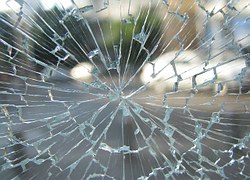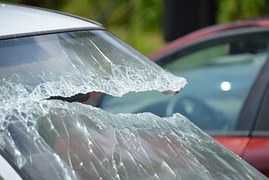FAQs Regarding Baltimore Automobile Accident Insurance
Periodically, some of my clients do some planning for the following year. I Attorney Eric T. Kirk think it’s generally a wise thing to do.

One of the things I would encourage anyone to do is look at their insurance coverage. It’s appropriate for you to review applicable insurance on yearly basis.
In fact, insofar as it is a common insurance industry suggestion that you do so, this is one of the few areas where I see some common ground with the gigantic corporations that dominate the insurance landscape.
Life insurance. Disability insurance. Homeowners insurance. Marine insurance. Valuables insurance. I’d encourage anyone to look at each. If they don’t have a particular coverage, it’s a good time to see if your needs have changed in the prior year, and examine new, or increased coverage. So let’s take a few moments to review the different types of insurance that one has, or can have, on their automobile.
Maryland, like most states, has mandatory liability insurance with a $30,000 minimum.
Liability coverage simply means if you damage someone else’s property or person you are insured against damages caused, up to the limits of liability. For an additional premium, you may purchase more than $30,000, and many people do. It might make sense to consider more. If you ultimately cause a serious automobile accident, you face financial exposure above and beyond the policy. You may also insure your own vehicle. This type of coverage is commonly called comprehensive, “full” or collision, coverage. If you have a car loan, your lender will require this coverage.
Collision coverage insures against damage to your vehicle regardless of the cause.
Typically included in this type of insurance is rental coverage. If you need to have your car in the shop for repair, you will have a rental vehicle available to you during that time. This is another source of frequent confusion. If your car is damaged due to the fault of another, you absolutely have the right to bring a claim against that other person for your losses, including reasonable rental during the period of repair. The frequent problem is that the innocent driver needs their car fixed, and hence a rental, right away, and cannot afford to wait for an lengthy claims process, or litigation, to resolve.

Maryland law requires personal injury protection on every vehicle insured in Maryland, although if you execute a written waiver, you may decline such coverage.* Personal injury protection, often referred to by short hand acronym PiP, is first-party, no-fault insurance. In other words, if you were hurt in an automobile accident, your personal injury protection provides up to $2,500, each, to pay for your medical bills, your lost wages, and that of your passengers. Here again, for an additional premium, you may purchase more. Maryland law additionally requires that each vehicle insured in the state carry uninsured/underinsured motorist coverage. This again is first-party insurance. If you are injured by another driver who either lacks the insurance necessary to compensate you, or has no insurance at all, then your uninsured/underinsured coverage will operate to indemnify for your loss. At least in theory. In practice, that can be a different story.
I’ve handled countless uninsured motorist cases over the years where an insured must sue their own insurance company to obtain just compensation.
*The Assembly has recently enacted a change in this process. Marylanders now have the option of carrying less insurance. An insured may now reject personal injury protection altogether, under specific circumstances. See Insurance Article, Md. INSURANCE Code Ann. § 19-506.1.
I have handled and evaluated thousands of cases. I extend a cost free strategy conference, evaluation and analysis process that I employ in every personal injury case brought to us. While it is impossible to fully and fairly evaluate the value of a personal injury claim during this initial encounter, we can lay the groundwork for that ultimate opinion. Contact me today to begin this process.



